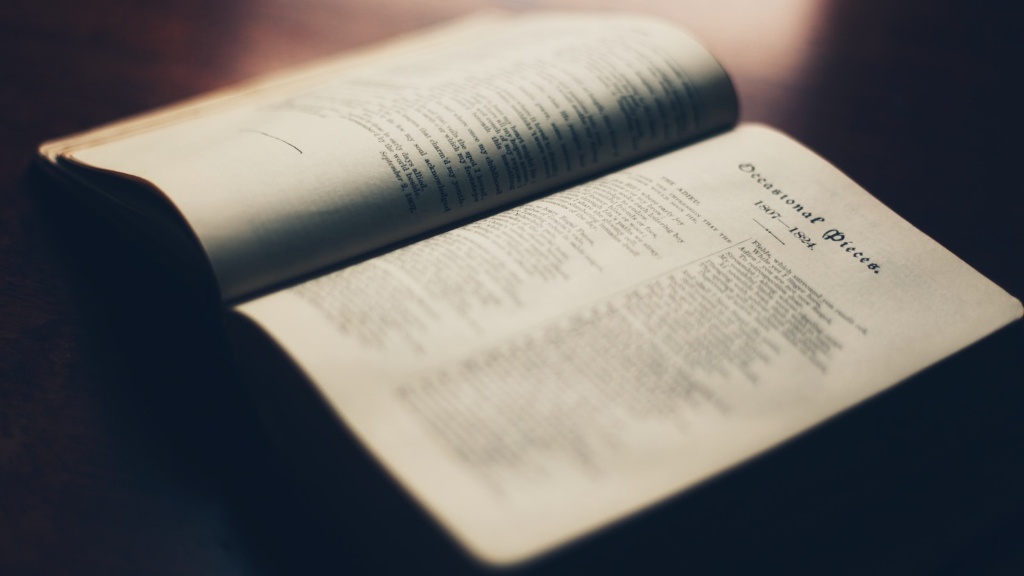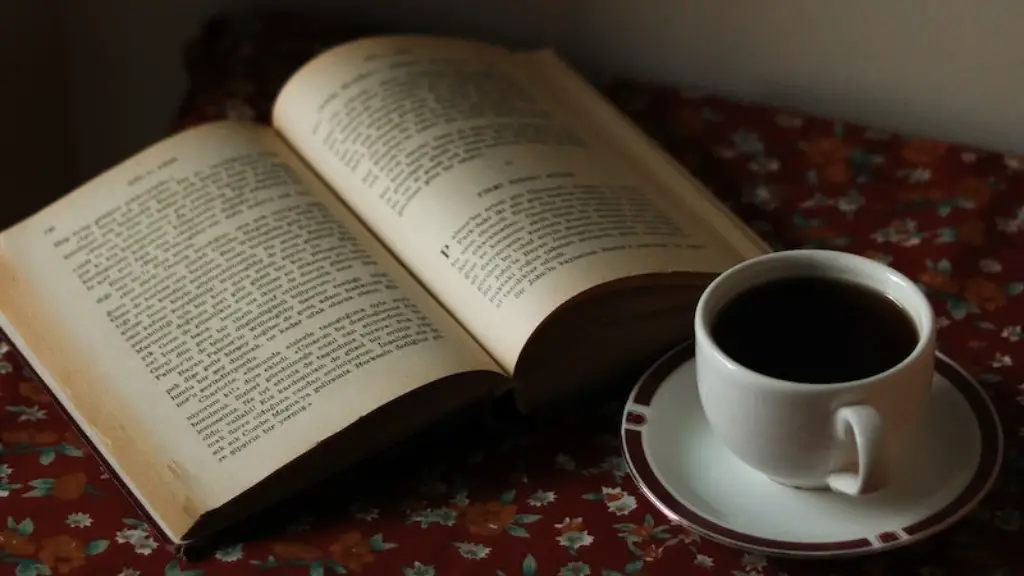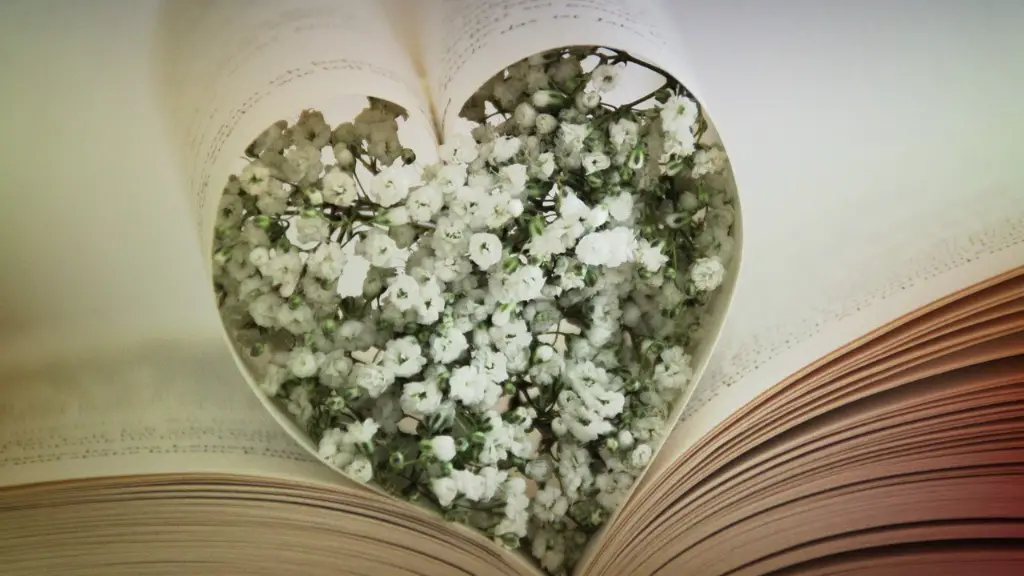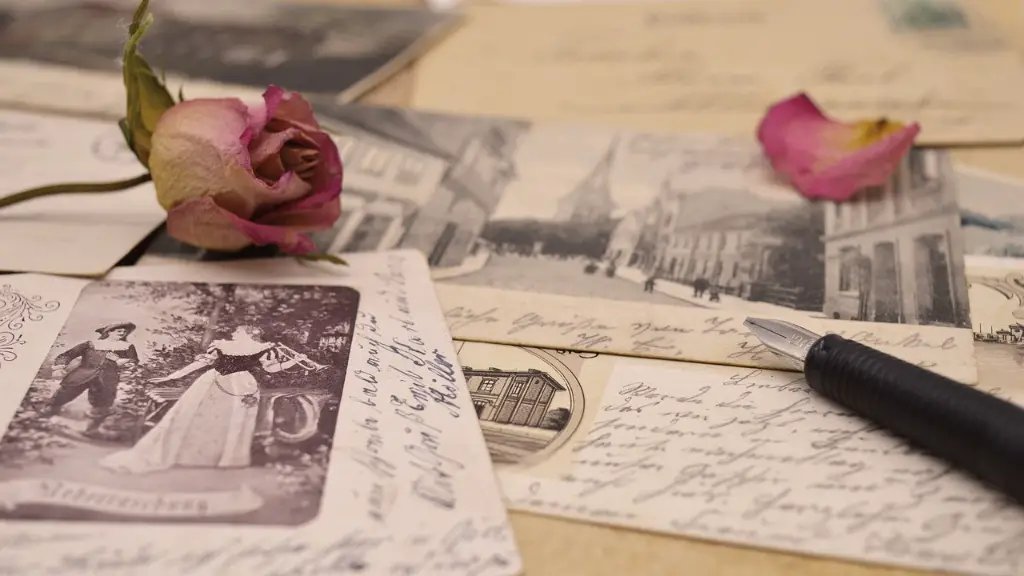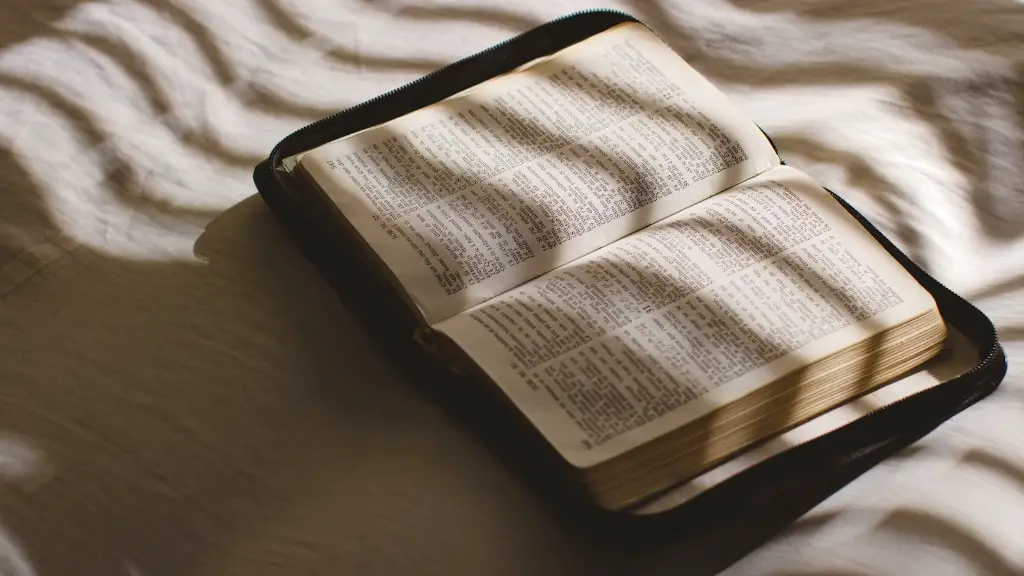What is Elegy Poetry
An elegy, by definition, is a mournful poem typically written in response to a loved one’s death. This type of poetry is primarily characterized by its sorrowful flavor, its expression of regret, sorrow, and sometimes consolation and advice. An elegy is also generally written in the form of a narrative, typically taking the shape of some type of extended, unified piece, with a significant climax. Elegy poetry has been practised in traditional societies such as Ancient Greece, and continues to be a popular form of expression in present times.
The common themes associated with elegy poetry or elegiac stanzas are joyful or sorrowful memories, a lament for a lost one, or an exhortation to a friend or an individual to be strong in the face of tragedy. In Ancient Greece, elegies were typically written to commemorate a person’s death, perhaps most famously the Ones who died in the Trojan War. In the Renaissance period, elegies were commonly written to mourn the death of a significant other.
Elegies were first written in the form of real poetry, but over time, they became associated with many other forms of expression, such as popular music and films. As times changed, so did the various forms of expressing grief through poetry.
Some of the most famous pieces of elegy poetry include John Donne’s “Elegy XIX: To His Mistress Going to Bed”, “To an Inanimate Object” by Philip Larkin, Percy Shelley’s “Adonais”, and Alfred Lord Tennyson’s “In Memoriam”. These pieces of elegy poetry demonstrate how elegiac pieces can contain profound emotions and feelings, feelings of love and loss, as well as reassurance and hope.
Elegy poetry can also serve as a platform for exploring one’s emotions about a particular event or person. By analysing the emotions in the poem, people can gain insight into how they are feeling and the experiences which shaped the author of the elegy’s life. The emotions found in these poems allow the reader to empathise with the experience of the author and can provide an opportunity for solace, especially in times of grief.
Although an elegy poem’s journey is one of sadness and reflection, it can also contain elements of hope and joy. An elegy poem often serves as a cathartic release, allowing the reader to connect with the emotions of the writer. Furthermore, these pieces of poetry can be deeply meaningful and help those who have lost loved ones to find a way to move forward in life.
History of Elegy Poetry
The practice of elegy poetry has been around since pre-historic times. Ancient Mesopotamian cultures created elegiac songs lamenting the deaths of their rulers and becoming an integral part of the Mesopotamian culture. In Ancient Greece, these types of songs were known as thrènoi, or “laments”. These songs were often written in alternating patterns of contrast, typically vocalized by two singers who used rhymed couplets in a specific metre. Thrènoi were usually performed by a group of hired singers accompanied by musical instruments such as a double pipe, a flute, and a lyre.
Elegies were also a popular form of expression amongst Ancient Romans. They wrote pieces that were called neopicos, “songs of lamentation”, as a way to commemorate fallen heroes. The main theme in these songs was of consolation and advice to others, such as “Cheer up and carry on,” or “You are not alone.” They were also typically written in narrative form and the climax of the song was dedicated mostly to tribute to the deceased.
The elegy tradition continued in the Renaissance, most notably in the works of writers such as William Shakespeare, John Donne, Thomas Wyatt, and Andrew Marvell. At this time, the cultural and religious values of consolation, advice, and reflection that had been so popular in Ancient Greece and Rome were still prevalent in many poems written in the Renaissance. One of Shakespeare’s most famous elegies, “Sonnet 66”, is an example of the poet’s reflection on death, as he wrote: “O, no more; shall weeping iterate its call,/ For not the fatal bells of death do toll/ To summon thee, but justice brings them all.”
The popularity of elegy poetry continued to expand in the eighteenth and nineteenth centuries, with poets such as John Keats, Percy Shelley, Alfred, Lord Tennyson, and Walt Whitman writing some of the most memorable and influential elegies of that era.
Modern Elegy Poetry
Elegy poetry is still a very popular form of expression in the modern world. Many contemporary poets, such as Sylvia Plath, Richard Wilbur, W.S Merwin, Seamus Heaney, and Billy Collins, have written elegies for the deaths of loved ones or for events of great tragedy.
The most recent and notable example is Yeats’s “Elegy for the Dead of England”, written in response to the outbreak of World War I. This poem demonstrates the most recent variation of this genre by merging elegy poetry with War literature. Yeats’s elegy highlighted the sorrow of the war, as well as the hope that arises from it. He wrote: “And, you, my friends, who keep with me and share/ That look on England’s dead, and see so clear/ That what we live for ever must be dear.”
In addition to traditional printed works, elegy poems can also be shared online. Social media is a great platform for elegy poems to reach a large audience, who can share the poem and comment on it. Today, there are also hundreds of websites dedicated to sharing and commenting on elegy poems.
Purpose of Elegy Poetry
The main purpose of elegy poetry is to express and convey emotions of grief, mourning, and sadness. While at its core, an elegy is a lamentation of a person’s death, it can also take various forms and reflect various themes. Elegy poems can be reflective and contemplative, offering solace to those who suffer, or they can provide advice and hope in a difficult time. In either case, the overall purpose of elegy poetry is to provide comfort and reflection in a time of sorrow.
Elegy poetry is also a profound form of expression for those who have lost a loved one. It can provide a channel for processing emotions and offers an opportunity for solace and closure. Writing an elegy can be a meaningful way to remember the deceased and to share their memory with future generations. Furthermore, these poems can be shared widely, so that those who are grieving can take comfort from the shared understanding and support of their experience.
Lastly, elegy poetry can also be used for educational purposes. Reading and analysing these poems can provide insight into how people respond to death and how individuals and cultures cope with the loss of a loved one. This type of poetry also highlights the emotional power of language, allowing readers to identify with the writer’s emotions and experience. Consequently, elegy poetry can provide not only emotional solace, but also educate and enlighten readers in a profound way.
Types of Elegy Poetry
While all elegies bear some of the same features, they can also vary greatly in terms of structure and content. Elegy poetry can take various forms, such as the traditional real poem, the sonnet, and the pastoral elegy, among others. The sonnet form is particularly popular for elegies, as it allows for the poet to convey their sorrowful thoughts in a concise and powerful way.
Pastoral elegies, also known as “coroner’s elegies”, use a narrative poem style, in which the writer expresses a deep sorrow for the dead and exhorts the reader to take comfort from the fact that everyone must pass on from life. Pastoral elegies also often describe the physical setting of the death, such as rural or urban landscapes, and focus on the moral message of the poem.
Elegy poetry can also take the form of a “lied” or song. This type of elegy often takes the shape of a monologue, in which the poet expresses his or her anger, despair, and sorrow at the loss of a loved one. Popular modern examples of this type of elegy include “Love Is Stronger Than Death” by Bono and “Meet Me in the Dark” by Judah and the Lion.
In addition to traditional written works, elegy poetry also exists in the form of visual art. Many elegies have been created through such visual mediums as stained glass, paintings, and murals. These works use visual symbolism to express the same sentiment of sorrow, solace, and remembrance that can be found in traditional elegy poetry.
Analysis of Elegy Poetry
The analysis of elegy poetry can provide insight into the culture and mindset of a particular time period, as well as the experiences of those who have suffered loss. An elegy poem’s structure typically follows a standard pattern, with a focus on the pain and suffering brought on by the death of a loved one. Through the analysis of an elegy poem, we can examine the emotions experienced by the poet and discover how they used words to express their grief.
In addition to providing insight into the author’s emotions, analysing elegy poetry can also provide a better understanding of the culture and values of a certain time period. For example, in Ancient Rome, elegies served as a form of moral teaching and often provided a motto or a lesson for the reader. Through the analysis of these poems, we can gain insight into the beliefs of those who wrote them.
In a more contemporary context, analysing elegy poetry can help us to better understand the modern attitudes towards death and grief. By examining the various themes found in elegy works, we can gain a greater appreciation for how people respond to death in different ways, as well as the different ways they find solace in their grief.
Conclusion
In conclusion, elegy poetry is an important part of our cultural history and continues to be a powerful form of expression in the modern world. Although these poems originate from a place of sadness and grief, they can also be reflective, consoling, and hopeful. Elegy poetry can be educational, providing insight into the experiences and mentality of those who suffer loss, as well as offering solace and comfort in a difficult time.
